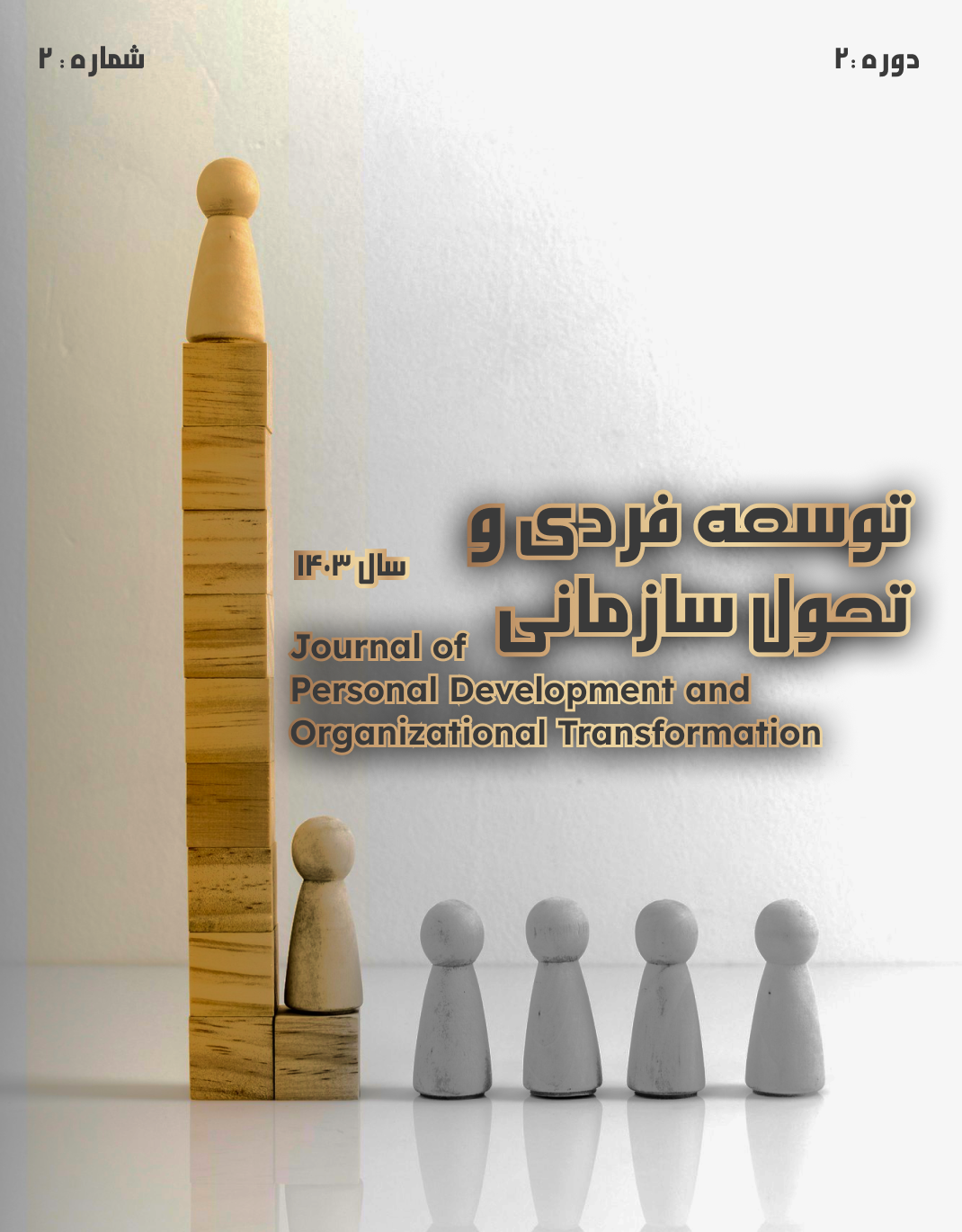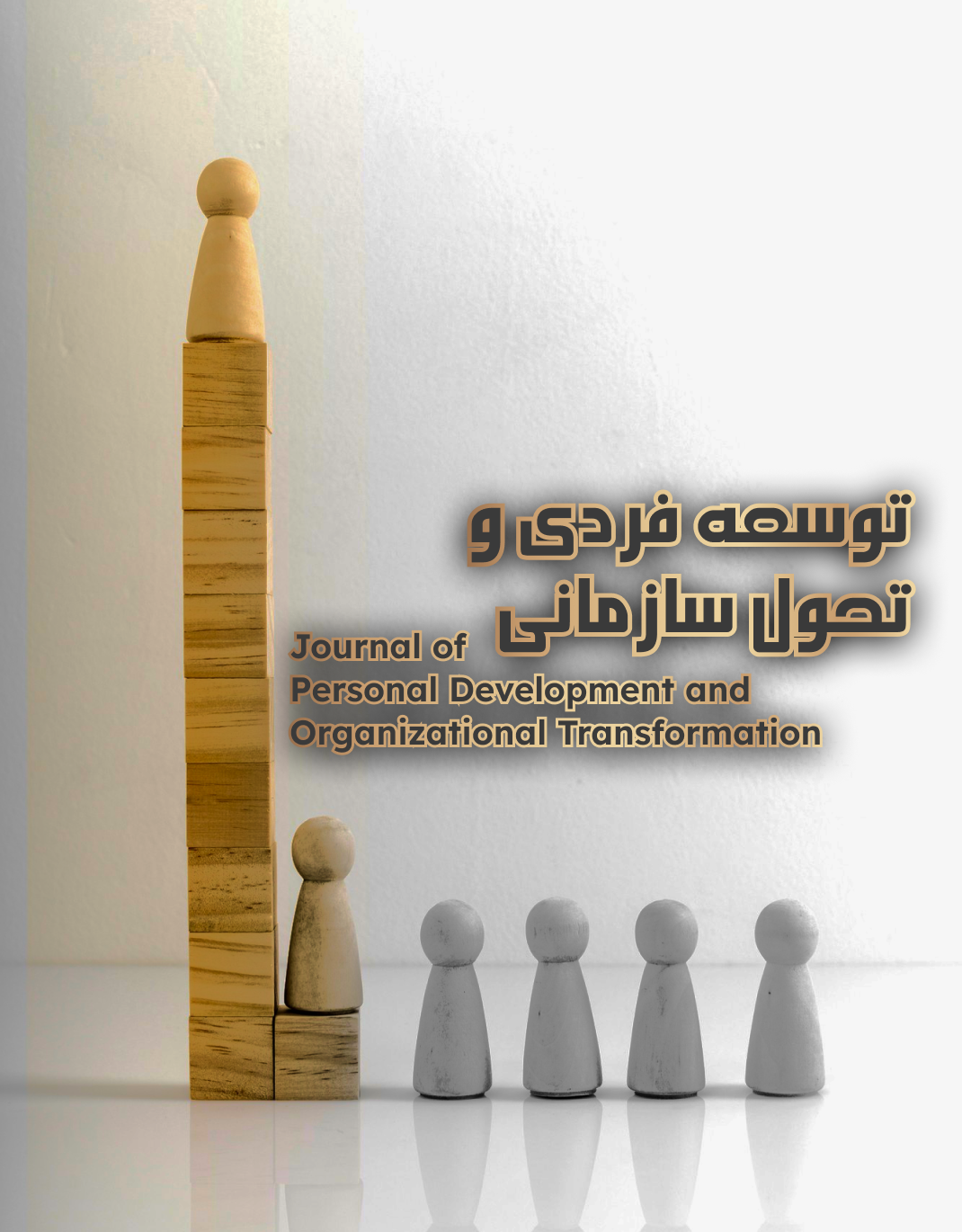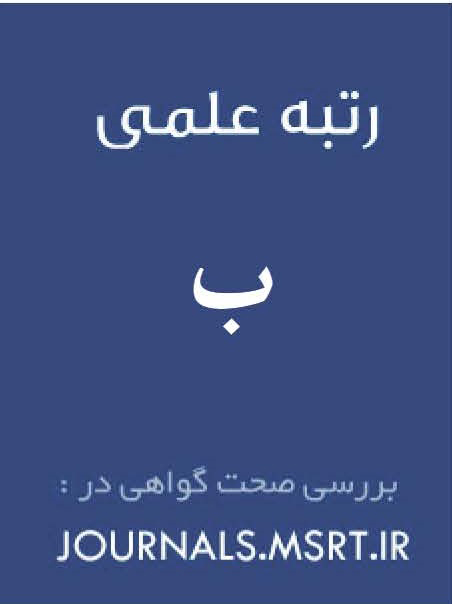آزمون مدل ساختاری خود مدیریتی کارکنان در سازمانهای ورزشی عراق
کلمات کلیدی:
خود انگاری, خود ابرازی, خود مراقبتی, خود کنترلی, خودسازی, خودباوری, خودانگیزشیچکیده
هدف از این مطالعه آزمون مدل ساختاری خود مدیریتی کارکنان در سازمانهای ورزشی عراق بود. روش تحقیق توصیفی – همبستگی که به روش پیمایشی انجام شده است و برای آزمون فرضیهها از مدل سازی معادلات ساختاری استفاده شد. جامعه آماری شامل کارکنان وزارت ورزش و فدراسیونهای ورزشی عراق بودند. نمونه این تحقیق به صورت در دسترس انتخاب شد. تعداد 360 نفر نمونه نهایی تحقیق را تشکیل دادند. برای اندازه گیری عوامل موثر بر خود مدیریتی کارکنان در سازمانهای ورزشی عراق از پرسشنامه محقق ساخته که بر اساس مصاحبه با خبرگان طراحی شد استفاده گردید. تجزیه و تحلیل دادهها با روش مدل یابی معادلات ساختاری انجام گرفت. نتایج حاکی از آن بود که متغییرهای خود انگاری، خود ابرازی، خود مراقبتی، خود کنترلی، خودسازی، خودباوری، خودانگیزشی در فرآیند خودمدیریتی کارکنان در سازمانهای ورزشی کشور عراق موثرهستد.این مدل میتواند بهعنوان راهبردی موثر برای افزایش تابآوری سازمان، بهبود عملکرد تیمی و دستیابی به اهداف بلندمدت عمل کند. توجه به این مولفهها و توسعه آنها در کارکنان، مسیر پایداری و موفقیت را برای سازمانهای ورزشی هموار میسازد.
دانلودها
مراجع
Anggraini, F. N. (2022). PERFORMANCE: Self, Management, and Organizational Social Perspectives. PRODUKTIF: Jurnal Kepegawaian dan Organisasi, 1(1), 1-9. https://doi.org/10.37481/jko.v1i1.7
Burke, R. J., & Cooper, C. L. (2012). Human Resource Management in the Nonprofit Sector: Passion, Purpose and Professionalism. Edward Elgar. https://doi.org/10.4337/9780857937308
Cowen, I. V., & William, L. (2015). Core Conversations For The Greater Good: An Exploration Of Intrapersonal Communication As A Self-Leadership Strategy In Social Entrepreneurs.
D'Auria, A., De Chiara, A., Mauro, S., & Borrata, G. (2024). Innovative Self-Management of Knowledge to Thrive Through Crisis: The Employees' Perspective. Journal of the Knowledge Economy, 1-24. https://doi.org/10.1007/s13132-023-01719-6
Dai, Y. D., Zhuang, W. L., Hsu, S. Y., & Huan, T. C. (2019). Good or bad staff? Hotel employees' core self-evaluations impacting service effort and service sabotage considering leader-member exchange moderation. Tourism Management Perspectives, 32, 100564. https://doi.org/10.1016/j.tmp.2019.100564
Durst, P. T., Moore, S. J., Ritter, C., & Barkema, H. W. (2018). Evaluation by employees of employee management on large US dairy farms. Journal of Dairy Science, 101(8), 7450-7462. https://doi.org/10.3168/jds.2018-14592
Faizalehi, K. (2017). Investigating the relationship between self-management skills and innovation in the employees of Imam Hossein (AS) Hashtroud Hospital [Master's thesis, Noorpiamand University, Central Tehran West].
Feyzollahi, K. (2017). The Relationship Between Self-Management Skills and Innovation Among Employees of Imam Hossein Hospital, Hashtrood [Master's thesis, Noor Payamand University, West Tehran Branch].
Hall, J. K., & Smotrova, T. (2013). Teacher Self-Talks: Interactional Resource For Managing Instruction And Eliciting Empathy. Journal of Pragmatics, 47(1), 75-92. https://doi.org/10.1016/j.pragma.2012.11.017
Oberholzer, C. (2013). The Role of Neuro linguistic programming in improving Organizational leadership through intrapersonal communication development University of Pretoria]. https://repository.up.ac.za/handle/2263/41285
Pearce, C. L., & Manz, C. C. (2005). The new silver bullets of leadership: the importance of self-and shared leadership in knowledge work. Organizational Dynamics, 34(2), 130-140. https://doi.org/10.1016/j.orgdyn.2005.03.003
Pearson, J. C., Nelson, P. E., Titsworth, S., & Harter, L. (2011). Human Communication. Pearson. https://www.scirp.org/reference/referencespapers?referenceid=1850068
Prussia, G. E., Anderson, J. S., & Manz, C. C. (1998). Self-leadership and performance outcomes: the mediating influence of self-efficacy. Journal of Organizational Behavior, 19(5), 523-538. https://doi.org/10.1002/(SICI)1099-1379(199809)19:5<523::AID-JOB860>3.0.CO;2-I
Rahimi, F., Naddaf, M., & Zafarpoor Amirabad, J. (2019). A Multilevel Model of Antecedents and Outcomes of Employees' Self-Efficacy. Imam Hossein University Human Resources Management Research Journal, 3(2), 39-111. https://hrmj.ihu.ac.ir/m/article_27562_398196571de3e076c2818a305136a384.pdf
Rastegar, A. A., & Golshahi, B. (2017). Individual-Organization Relationships in Bianyan Hai Danesh Company. Management Studies Quarterly (Improvement and Transformation), 28(92), 115-133. https://www.sid.ir/paper/202891/fa
Safari Owjghaz, F. (2014). The Effect of Daily Self-Management on Job Resources and Job Engagement of Employees (Case Study: Firoozgar and Sasan Hospitals, Tehran Province) [Master's thesis, Allameh Tabataba'i University, Faculty of Management and Accounting].
Santoso, P. B., MasdukiAsbari, A. P., LaksmiMayestiWijayanti, C., Hyun, C., SitiMaesaroh, M., GusliChidir, M., & DhanielHutagalung, A. Y. (2020). Working while studying at university in the self-management perspective: An ethnographic study on java ethnic employees. International Journal of Control and Automation, 13(2), 299-308.
Sarac, E., & Yildiz, E. (2024). The effect of epilepsy self-management on productivity at work. Epilepsy & Behavior, 157. https://doi.org/10.1016/j.yebeh.2024.109839
Sudiarti, N., & Saepudin, T. H. (2024). The Role of Leadership In Enhancing Human Experience In Performance Management. Dinasti International Journal of Economics, Finance & Accounting, 5(2), 495-509. https://dinastipub.org/DIJEFA/article/view/2556s
Tabassum, M., Raziq, M. M., Allen, M. M. C., Sarwar, N., & Golra, O. A. (2024). Exploring Emergent Leadership in Agile Teams: Network Dynamics, Roles and Skills at the Individual Level. Business Process Management Journal, 30(5), 1615-1637. https://doi.org/10.1108/bpmj-02-2024-0110
Vuori, J., Törnroos, K., Ruokolainen, M., & Wallin, M. (2019). Enhancing late-career management among aging employees-A randomized controlled trial. Journal of Vocational Behavior, 115. https://doi.org/10.1016/j.jvb.2019.103327
Wæraas, A., & Dahle, D. Y. (2019). When reputation management is people management: Implications for employee voice. European Management Journal. https://doi.org/10.1016/j.emj.2019.08.010
Wilhelm, F., Hirschi, A., & Schläpfer, D. (2024). The multidimensional nature of career self‐management behaviours and their relation to facets of employability. Journal of Occupational and Organizational Psychology, 97(1), 342-375. https://doi.org/10.1111/joop.12474
دانلود
چاپ شده
ارسال
بازنگری
پذیرش
شماره
نوع مقاله
مجوز
حق نشر 2024 توسعه فردی و تحول سازمانی

این پروژه تحت مجوز بین المللی Creative Commons Attribution-NonCommercial 4.0 می باشد.







